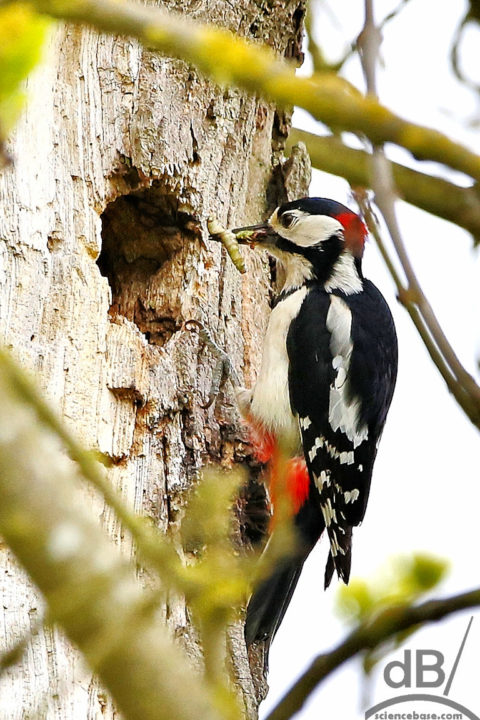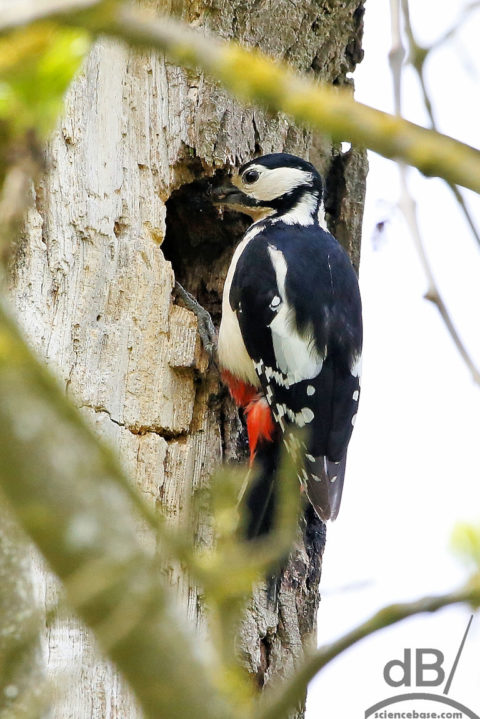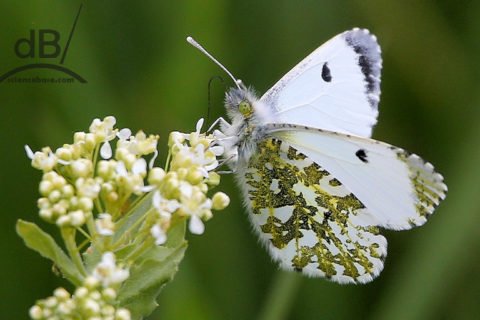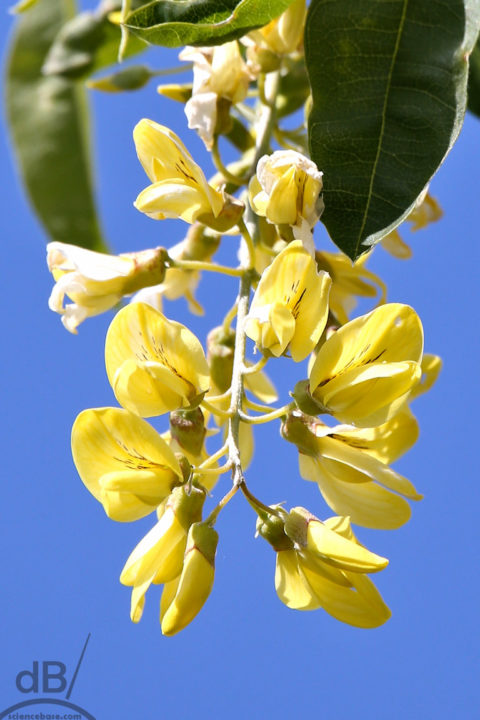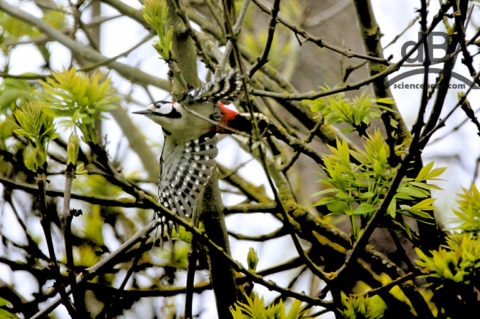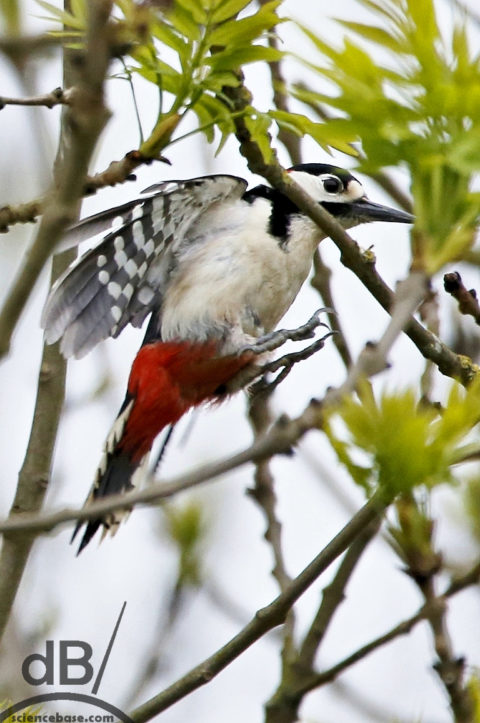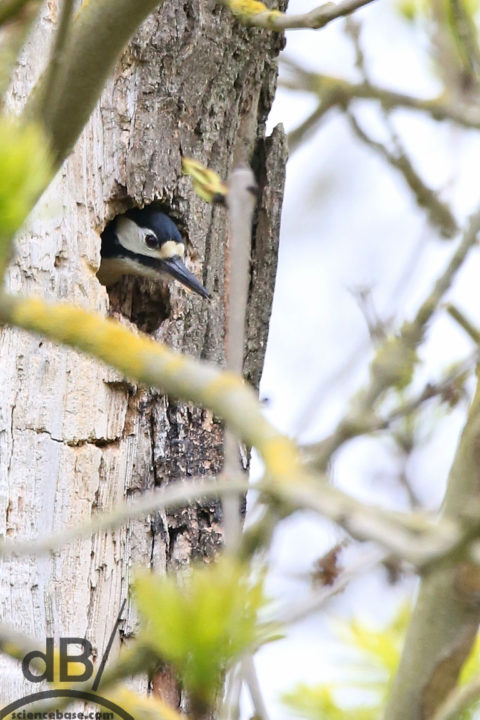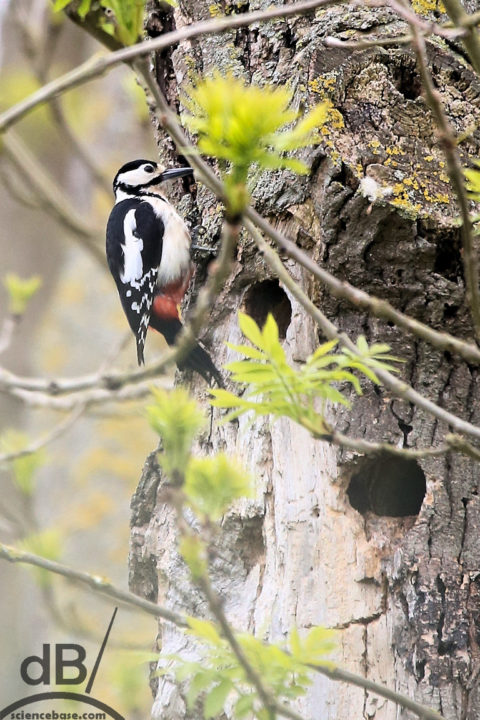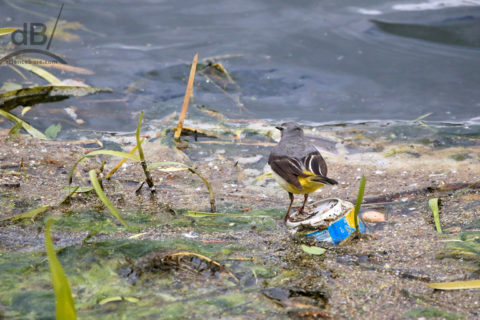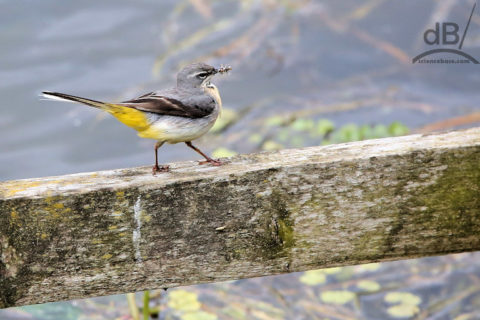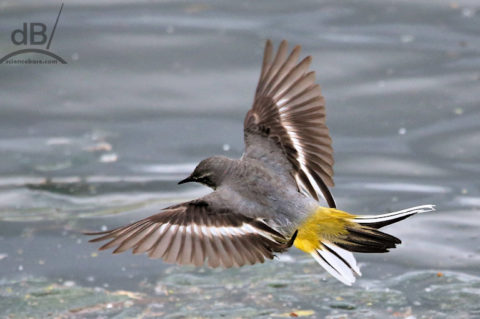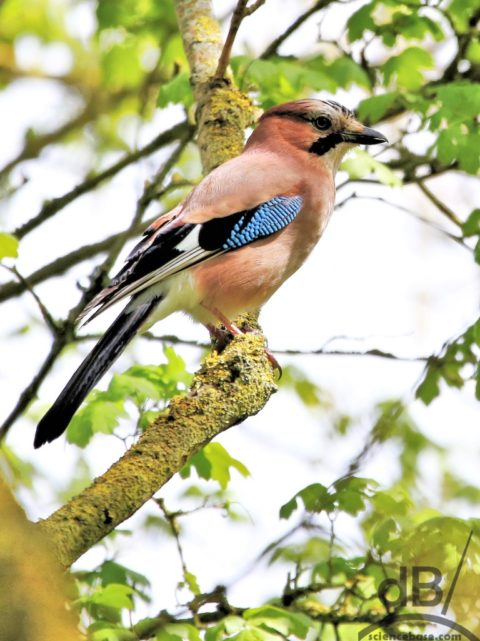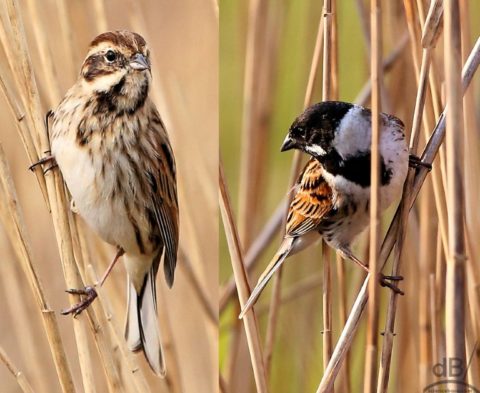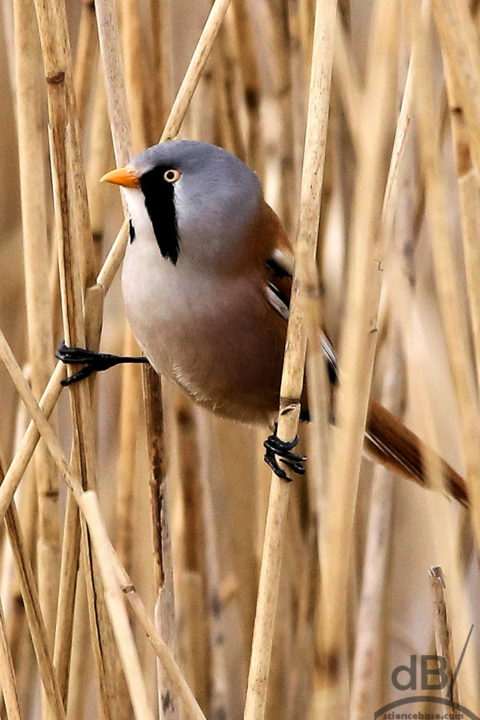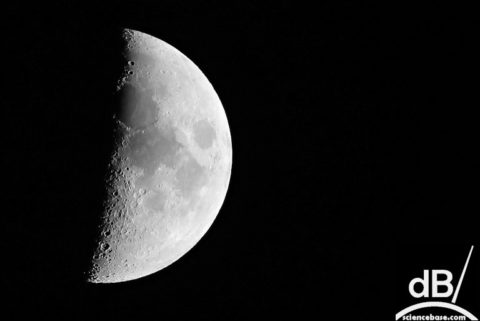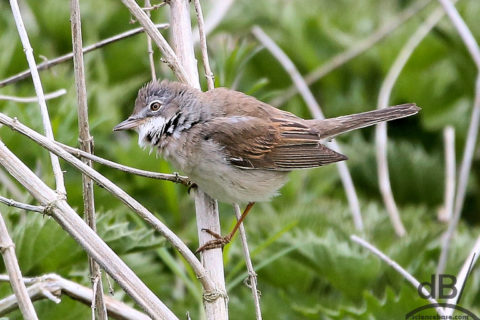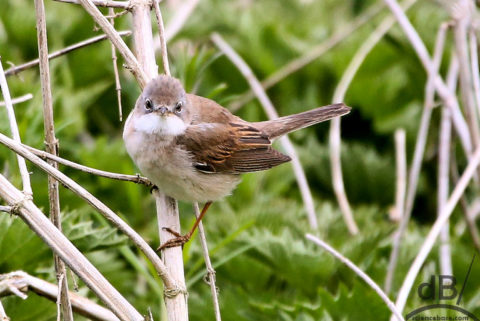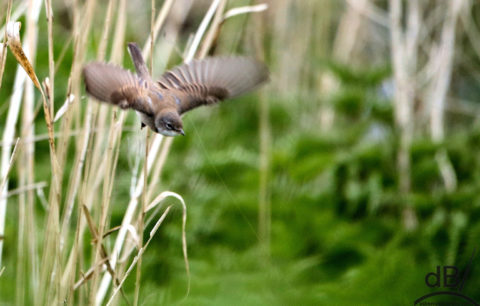Yet another haul of great spotted woodpecker (Dendrocopos major) photos today. The best of the bunch has to be this one of an adult (the male of the pair nesting in this tree, his name is Jarvis) returning to the chicks with a beak stuffed with juicy grubs. These birds breed in holes excavated in trees, as you probably guessed, their nests are unlined apart from a bit of wood chip. It is rare that woodpeckers are ever called Deborah, although, the female pictured below is for obvious reasons.
The female (which lacks the scarlet patch on the back of its neck will usually lay four to six glossy white eggs and both parents incubate the eggs, feed the chicks once hatched, and keep the nest clean (more about that in a later post). When the chicks fledge the adults will continue to look after them for about ten days, with one parent taking responsibility for one part of the brood, the other the remainder.
